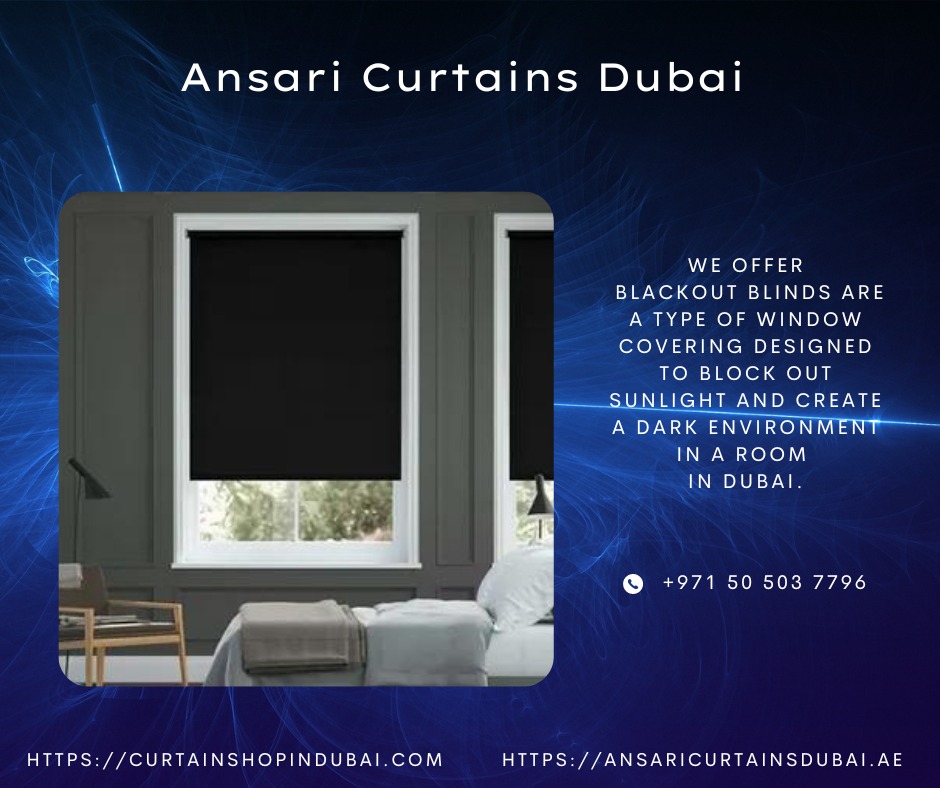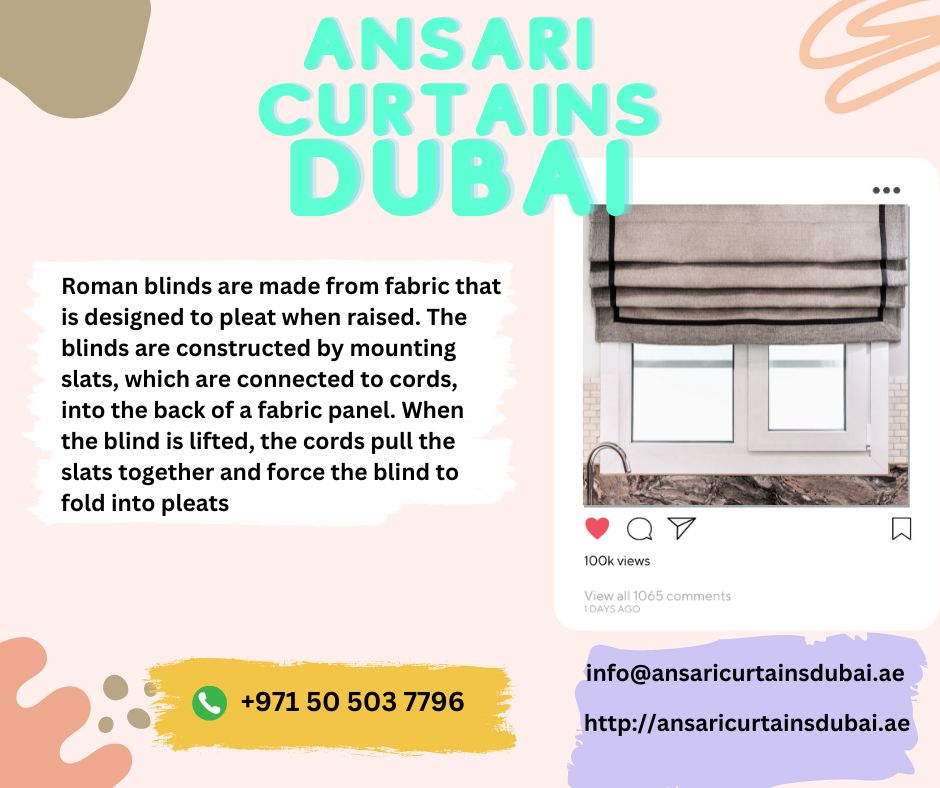What type of blind is best for the blackout?
The best blackout blinds are honeycomb cellular pleated perfect-fit blinds in blackout fabric.
Introduction:
Blackout blinds are a popular and practical solution for creating darkness in a room. These blinds are designed to block out external light and provide privacy. They are commonly used in bedrooms, nurseries, and home theaters, where controlling the amount of light is crucial.
However, blackout blinds aren’t just for practical purposes, they can also add an elegant touch to your interior décor. In this article, we will explore the benefits of using blackout blinds and how they can improve your lifestyle.

The Benefits of Using Blackout Blinds:
Blackout blinds offer several benefits that make them a great investment for your home. Here are some of the most important benefits of using blackout blinds:
Provides Total Darkness:
The primary benefit of using blackout blinds is their ability to create total darkness in a room. They are perfect for those who have trouble sleeping due to light pollution from streetlights or early morning sunlight. Blackout blinds can block out up to 99% of light, which is essential for creating a peaceful and restful environment.
Improved Privacy:
Blackout blinds are designed to block out light, but they also provide complete privacy. They are perfect for bedrooms or bathrooms, where you don’t want anyone to see them inside your room. With blackout blinds, you can enjoy your privacy without worrying about prying eyes.
Energy Saving:
Blackout blinds can help you save energy and money on your electricity bill. They work by blocking out the sun’s rays during the summer months, preventing your room from heating up too quickly. In the winter, they help to keep the heat inside your room by acting as an insulating barrier. This means that you won’t need to use as much heating or air conditioning to maintain a comfortable temperature.
Easy to Install:
Blinds are easy to install and require no special tools or skills. They come in a variety of sizes and styles, so you can choose the perfect match for your window. Some models can be fitted without the need for drilling, which is great if you’re renting or don’t want to damage your walls.
Stylish:
Blinds come in a range of colors and styles, which means you can choose a design that complements your interior décor. Whether you prefer a classic or contemporary look, there’s a blackout blind that’s perfect for your home. They can add a touch of sophistication to any room while providing practical benefits.

How to Choose the Right Blackout Blind:
When choosing a blind, there are several factors to consider. Here are some of the most important things to keep in mind:
Size:
The size of your blackout blind will depend on the size of your window. Measure your window carefully and choose a blind that fits snugly. Make sure you measure the width and height of your window frame and leave a little extra room for the blind to overlap the edges.
Style:
Blinds come in a range of styles, including roller blinds, Roman blinds, and vertical blinds. Consider the style of your room and choose a blind that complements your interior décor. If you’re unsure which style to choose, speak to an expert who can advise you on the best option for your home.
Material:
Blinds are made from a range of materials, including polyester, cotton, and PVC. Consider the durability of the material and whether it’s easy to clean. If you have pets or children, choose a material that’s easy to wipe clean.
Installation:
Consider whether you want a blind that requires drilling or one that can be fitted without any special tools. If you’re renting or don’t want to damage your walls, choose a blind that can be fitted using adhesive strips or suction cups.
FAQS:
What is the purpose of blackout blinds?
In simple terms, blackout blinds are blinds that are designed to block out virtually all light hitting them from outside
What are blackout blinds made of?
Blackout blinds are made using triple weave technology, special yarns are woven tightly into a multi-layered backing.
What are the types of blackouts?
There are two types of blackouts: partial and complete. If you experience a partial blackout, visual or verbal cues may help you remember forgotten events.



